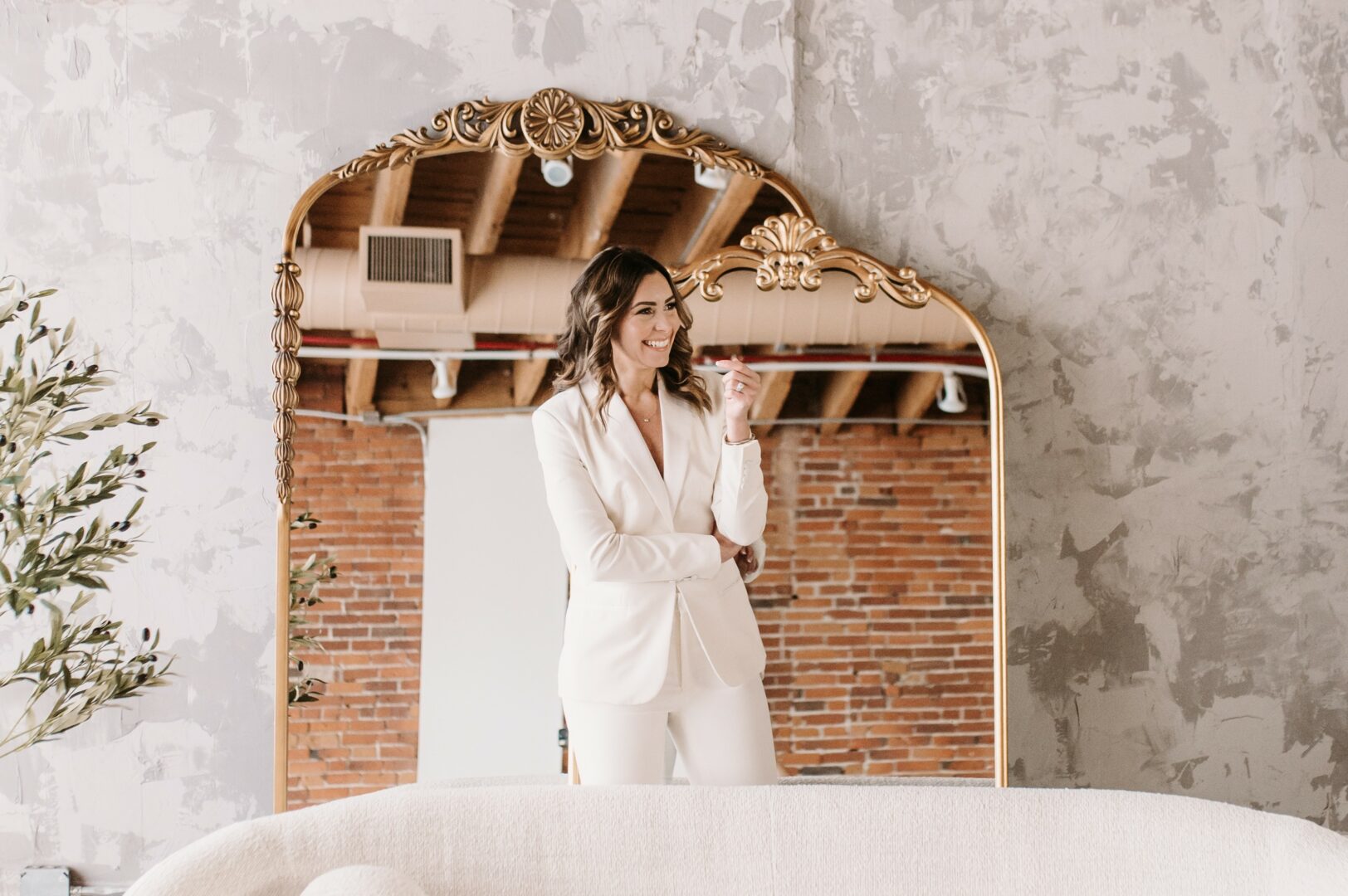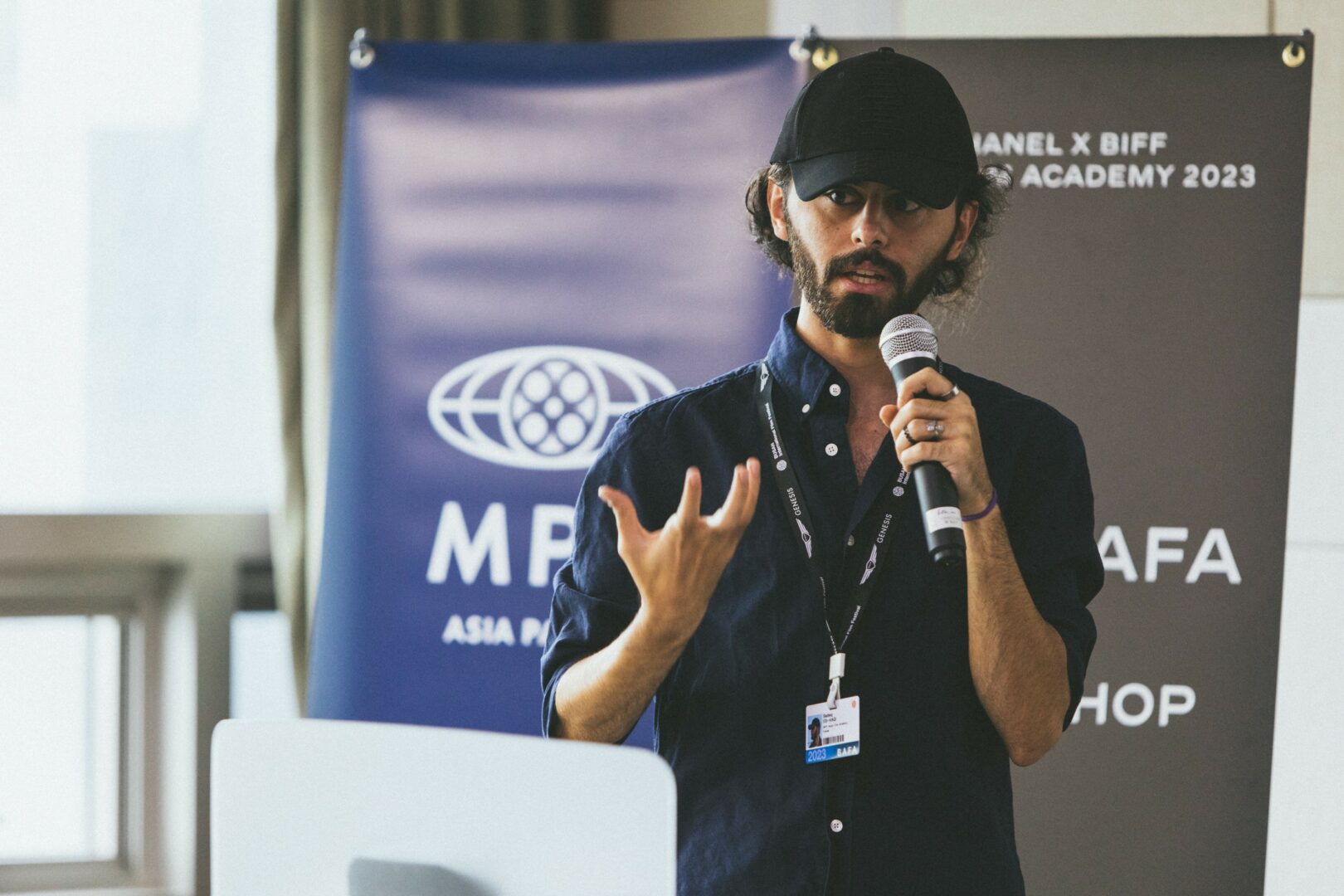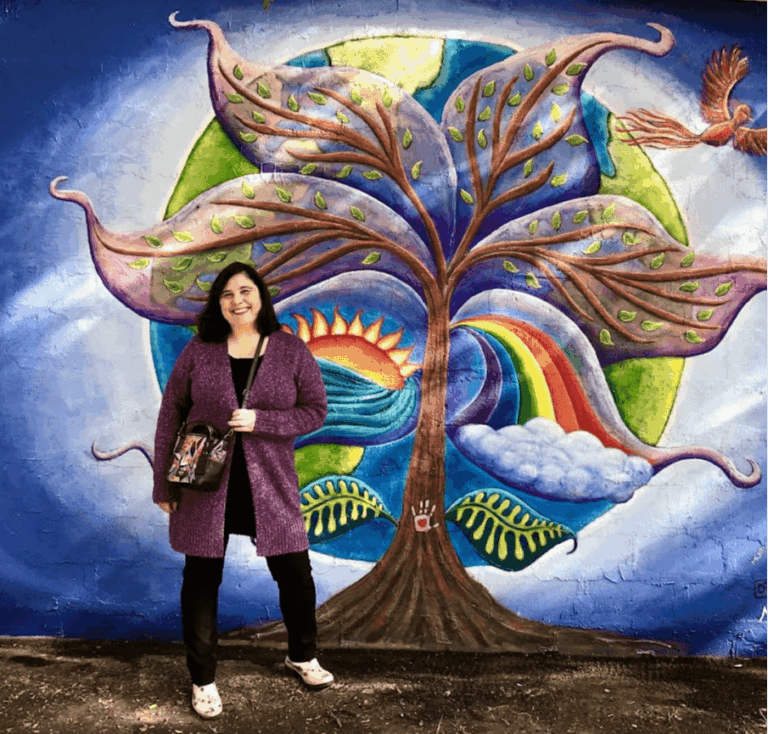Alright – so today we’ve got the honor of introducing you to Rituparna Rana. We think you’ll enjoy our conversation, we’ve shared it below.
Rituparna, so excited to have you with us today. So much we can chat about, but one of the questions we are most interested in is how you have managed to keep your creativity alive.
My creativity emerges from my deeply embodied experiences of displacement and dislocation, which have been a constant thread throughout my life. As a third-generation of a 1947 Partition migrant family from East Pakistan, now Bangladesh, I carry the inherited stories of movement, migration, and loss of belonging. These stories, passed down through generations, are woven into my artistic practice and fuel my creativity.
Each migration in my family’s history has brought with it the need to adjust, adapt, and assimilate into new lands and cultures, often at the expense of our own. The constant negotiation of space to continue practicing our cultural traditions amidst new environments has been a driving force in my artistic expression. Through dance and storytelling, I translate these complex histories of dislocation into powerful narratives that connect deeply with others who have experienced similar journeys.
My work is a reflection of these multifaceted experiences—exploring themes of uprooting, cultural dislocation, and the search for identity. By preserving and evolving the indigenous dance forms of Eastern India, such as Santhal, Jhumur, and Bihu, as well as through classical dance form of Odissi, I tell the stories of my ancestors, ensuring that these narratives continue to resonate, not only within myself but also within the broader diaspora. This interplay of personal and collective histories keeps my creativity alive, allowing me to continually reimagine and reshape my artistic voice.


Let’s take a small detour – maybe you can share a bit about yourself before we dive back into some of the other questions we had for you?
I am Rituparna Rana, a dancer, curator, and storyteller originally from India, now based in Minnesota. My work is centered around the preservation and celebration of Indian indigenous and classical dance forms from Eastern India, with a particular focus on communities affected by migration and displacement. These experiences have deeply shaped my artistic practice, as I explore themes of identity, belonging, and cultural continuity through my performances.
My approach to dance and storytelling is influenced by my embodied experiences of physical, psychological, social, and cultural displacements, making the narratives of movement and resettlement central to my work. I have been a practitioner of Indian classical and folk dances from a very young age, having started my formal training at the age of three. Being from the economically marginalized section, I trained within the program for the underprivileged community arts learning initiatives.
What makes my work exciting and unique is its emphasis on the often-overlooked narratives of marginalized communities, especially those from tribal and provincial regions in Eastern India. By bringing forward Indian dance forms, I create a space for these stories to be heard and experienced. These dance forms are not just movements but are deeply rooted in the ecology of the region, reflecting the seasonal changes, migration stories, and traumas induced by environmental disasters. They celebrate resilience and the strength of communities that have long been on the periphery of mainstream discourse, both in South Asia and the diaspora.
My work connects to a broader artistic tradition by drawing upon the rich heritage of Indian indigenous dance forms such as Baul, Santhal, Jhumur and classical forms like Odissi, and Manipuri and blending them with the narrative art techniques. The influence of other artists and organizations in this space, particularly those working within historically marginalized communities, has been pivotal. As an oral historian and dance practitioner, I am committed to preserving the testimonies of those who witnessed significant moments in history and lived through uncertain times that shifted their sense of identity and belonging. I have emerged as a resilient advocate for social change, using dance and story-telling as mediums to challenge societal injustices and advocate for inclusivity.
In addition to my performance and curatorial work, I hold a pivotal role as the convener for the Memory, Movement, Montage initiative at the Institute of Advanced Studies, University of Minnesota, since 2020. This interdisciplinary platform connects artists and academics from South Asia, Europe, North America, and South America. Under my leadership, we have curated exhibitions, podcasts, symposiums, and documentary series, creating a space where artistic expression and academic research converge. This initiative has allowed me to bridge continents and cultures, fostering a rich dialogue that catalyzes mutual learning and deepens our understanding of migration, identity, and belonging.
Beyond my leadership role in the Memory, Movement, Montage initiative, I have had the privilege of curating at several prestigious institutions, where my work has consistently aligned with the themes of migration, identity, and social change. During my association at the Staatsbibliothek zu Berlin (State Library Berlin) in Germany, I curated the first ever virtual migration museum, “The South-Asian Migrant Identity: Narratives, Spaces and Constructs” which was centered on critical social themes such as migration and identity. This experience honed my curatorial skills and deepened my understanding of the global complexities surrounding migration. It also solidified my commitment to amplifying the narratives of marginalized communities through artistic expression. This foundation has been integral to my work, ensuring that art remains a powerful vehicle for advocacy and community engagement.
Currently, I am involved in a number of exciting projects in Minnesota. I recently performed at the Greenway Glow Festival in Minneapolis, where my dance piece, inspired by the elements of nature, received an incredible response. I am also curating an upcoming arts expo titled Art Beyond Borders: Connecting Cultures at Como neighborhood. This event aims to foster intercultural dialogue by bringing together artists, particularly international students and families, to showcase their work and connect with broader artistic communities. The expo will feature a range of performances, exhibitions, and workshops, creating a vibrant space for cultural exchange.
In addition, I am curating an Odissi dance training center in Minnesota, bringing one of the oldest classical dance forms from India to new audiences here in the U.S. This endeavor is particularly meaningful to me, as it allows me to continue the tradition of storytelling through dance, while also creating a community space where individuals can connect with their cultural roots. Through my work, I hope to empower individuals and communities to engage with their heritage in meaningful ways, while also encouraging a broader appreciation for the rich cultural fabric of South Asian and indigenous traditions.


Looking back, what do you think were the three qualities, skills, or areas of knowledge that were most impactful in your journey? What advice do you have for folks who are early in their journey in terms of how they can best develop or improve on these?
Looking back on my journey, three qualities that have been most impactful are resilience, cultural empathy, and interdisciplinary collaboration. Each of these has shaped not only the trajectory of my career but also the depth and meaning behind my work.
Resilience has been essential, especially as someone whose artistic practice is rooted in stories of displacement and migration. My own family’s history, shaped by the 1947 Partition, taught me early on about the importance of persistence in the face of adversity. For anyone early in their journey, I would say: learn to embrace challenges. Use setbacks as fuel for your creativity. The artistic path can be unpredictable and at times isolating, but resilience is what will carry you through those moments, allowing you to transform adversity into powerful work.
Cultural empathy is another key skill. As a curator and dancer working with narratives from marginalized and displaced communities, it’s been crucial for me to truly understand and honor the experiences of those whose stories I share through my work. For those starting out, I suggest immersing yourself in different cultures and perspectives. Listen to stories that are outside your own lived experience and let them influence your creative practice. It’s through empathy that you can create work that resonates on a deeper level and connects with a broader audience.
Finally, interdisciplinary collaboration has been instrumental in broadening my perspectives and enhancing my artistic output. My work with the Memory, Movement, Montage initiative, for example, brought together artists and academics across continents and disciplines. This collaboration has enriched my understanding of both art and society. My advice for those early in their journey is to seek out collaborations across different fields. Whether it’s working with academics, artists, or activists, these partnerships will not only expand your skill set but will also open up new possibilities for creative expression and impact.
Developing these qualities requires time and patience, but they are essential in creating work that is both meaningful and lasting. Stay curious, embrace collaboration, and be open to learning from others. That’s where true growth happens.


How can folks who want to work with you connect?
Yes, I am absolutely open to collaboration and always excited to connect with fellow artists from all disciplines. I’m especially interested in working with dancers, performers, musicians, visual artists, galleries, museum, curators and anyone who shares a passion for storytelling and community-based work. I believe that artistic collaborations open up new avenues of creativity and allow us to build something that transcends individual expression.
I’m eager to engage more with the artistic community in the USA and around the world, and I would love to hear from those who are interested in collaborating. Whether it’s a performance, an interdisciplinary project, or something experimental, I am always excited to explore new ideas and perspectives. If you’re reading this and would like to collaborate or simply connect, please feel free to reach out. I’d love to start a conversation, exchange ideas, and see how we can create something meaningful together. You can see more about my work, projects, and curatorial practices on my website – rituparnarana.com. I look forward to connecting with you!
Contact Info:
- Website: https://www.rituparnarana.com


so if you or someone you know deserves recognition please let us know here.




